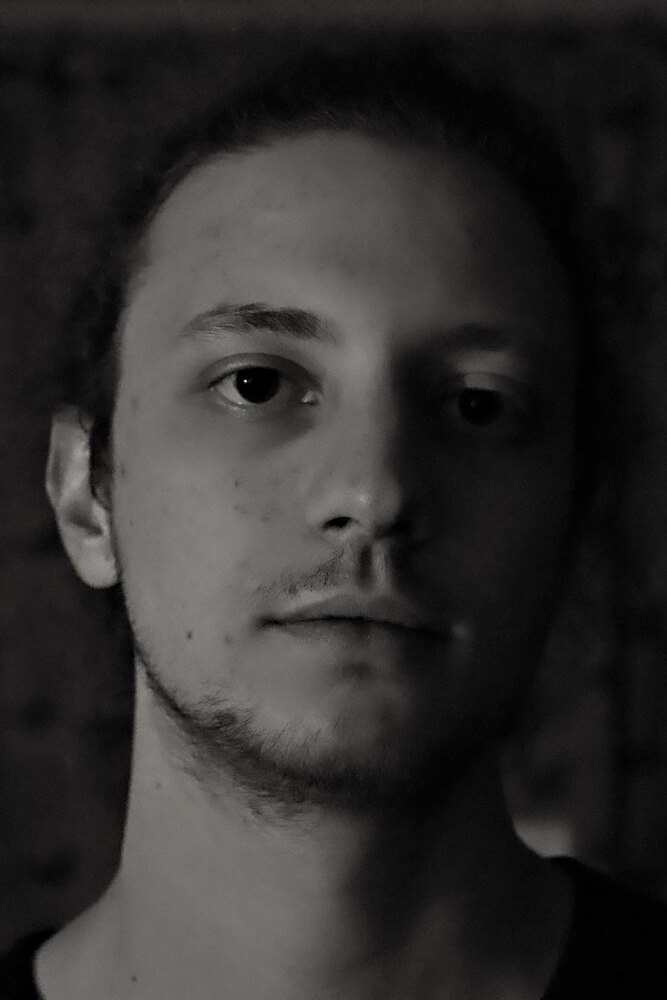Amateur photographer born in 1995 and based in Treviso (Italy), mostly committed to street, documentary and architecture photography. The passion for photography was inherited from his father, also fond of it, while his formation is mostly based on the father's teachings along with selflearning and personal researches, but also on workshops, two under the guidance of the photo-reporter Giulio di Meo, along with seminars and webinars as well. His works were displayed in the "Capture the Moment" exhibition in Budapest, the "Isolation, Living Apart" exhibition in Rome then during the 3 rd CIP festival, and published in the F-STOP magazine and in the anthology book "Trieste, passato, presente, futuro".
